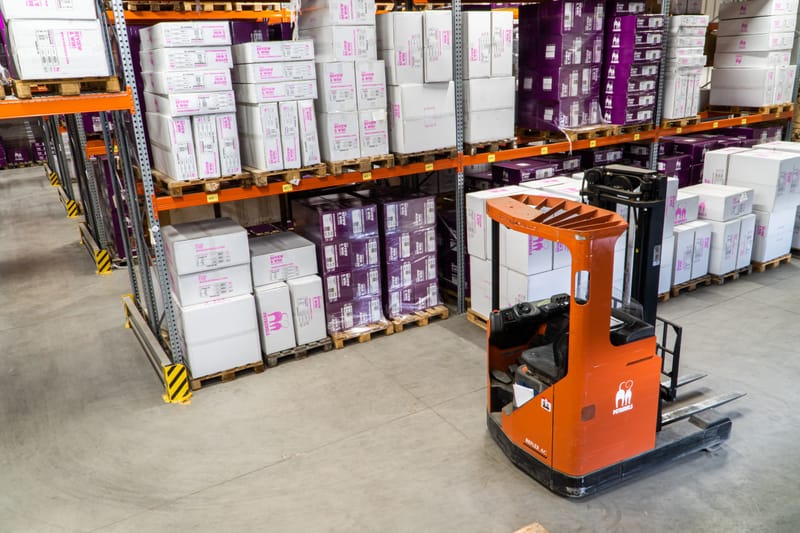Inventory Management

Managing your inventory effectively on eBay is crucial for maintaining accurate listings, avoiding overselling, and providing excellent customer service. Here's a step-by-step guide to help you manage your eBay inventory:
Step 1: Organize Your Physical Inventory Before you can manage your eBay inventory online, it's essential to have your physical inventory organized. This includes:
- Storing products in a systematic manner.
- Labeling items clearly.
- Keeping track of stock levels.
- Sorting items by category or SKU (Stock Keeping Unit).
Step 2: Set Up eBay Inventory Management Tools eBay offers several tools to help you manage your inventory. Here's how to set them up:
Seller Hub: Log in to your eBay account and access the Seller Hub, eBay's central dashboard for sellers. If you're not already using Seller Hub, you can enable it by navigating to "My eBay" and clicking on "Seller Hub."
eBay's Out-of-Stock Control: Go to "Seller Hub" and select "Performance." Then, click on "Out-of-Stock Control" to enable this feature. This will help you automatically hide listings when the item is out of stock, preventing overselling.
Step 3: Create Listings
- When creating a new listing, make sure to include accurate details about the product, such as title, description, item specifics, and quantity available.
- Set your listing to the correct duration (e.g., fixed price or auction).
- Specify your preferred payment and shipping options.
Step 4: Monitor Inventory Levels
- Regularly check your inventory levels to ensure they match your physical stock. You can do this manually or use eBay's Out-of-Stock Control feature.
- If an item is low in stock, consider replenishing it to prevent running out.
Step 5: Track Sales
- Keep track of your sales on eBay, including the date, quantity sold, and the buyer's information.
- Use eBay's Sales Reports or third-party inventory management software to monitor your sales.
Step 6: Replenish Inventory
- When an item sells, update your inventory quantities on eBay to reflect the sale.
- Replenish your inventory by adding more stock to your storage and updating your eBay listings accordingly.
Step 7: Set Up Alerts
- Use eBay's notification settings to receive alerts when certain inventory levels are reached.
- This helps you take action quickly, such as restocking low items or ending listings for out-of-stock products.
Step 8: End Listings for Discontinued Products
- If you decide to discontinue a product, end the eBay listings associated with it.
- This prevents customers from attempting to purchase items you no longer have in stock.
Step 9: Utilize Inventory Management Software
- Consider using third-party inventory management software that integrates with eBay for more advanced inventory tracking and automation.
- Many inventory management tools can sync with your eBay store, updating listings and stock levels automatically.
Step 10: Regularly Audit Your Inventory
- Conduct regular audits to ensure the accuracy of your inventory records.
- Compare your physical inventory with your eBay listings and correct any discrepancies.
Step 11: Optimize Listings for Slow-Moving Items
- For items that are slow to sell, consider adjusting the price or running promotions to boost sales.
- Use eBay's marketing tools to promote these listings to a broader audience.
By following these steps and maintaining a well-organized and accurate inventory system, you can effectively manage your eBay inventory and provide a smooth shopping experience for your customers while reducing the risk of overselling or listing inaccuracies.
-Fahad Khan (eBay Expert) UK and US Market
